Written by- Debasis Sarkar (For SWAN)Most important job is to find out proper location. As it is with shooting any comet, for Ison too we need proper idea about its path, position on sky on a particular day or itys brightness. But yes, if the prediction goes right, Ison would be bright enough to make al these job easier. As it may come visible even in twilight glow giving us ample time and scope to decide our camera settings. Still, we need to have a dark and high place with low horizon obscuration to set up the camera. Light pollution or fog may be a big limiting factor. A place with less fog or light pollution should be preferred. Moon is also a matter to be considered. A night when Moon is not visible at the time of shooting. Or even if visible, it is far from Ison should be preferred. Any star chart can give idea about Lunar position from any place at any day. Any camera can do. But all types have their own limitations and advantages. Thus, SLRs can be a better choice for this purpose. And obviously, at this era, by saying SLR we actually by default consider as a DSLR. A lens, normal or wide that can a great portion of sky in a single frame with widest possible aperture should be the choice. A strong tripod to stabilize the camera is a must. Remote control, wired or wireless will definitely give additional advantage. A lens hood will be an additional safeguard to keep unwanted lights away from reaching to the lens. Let us assume that when we are on field top shoot ISON, it is bright enough and clearly visible with naked eye under dark star studded sky. First we set the camera on tripod. Set the shooting mode to manual. Focus manual. ISO- moderate, somewhere within 200 to 400. Frame the shot. Focus it to infinity. Aperture is set to the widest available with the lens, say f/2 or f/3.5. Shutter speed 5 sec. Click with remote control. In case remote is not available, the camera can be set in self timer mode and fired with that. In this way too we can avoid unwanted camera shake by firing the camera without touching it. This is going to be our bench mark shot. Based upon the brightness of the comet and its tail its in this image, we can vary the exposure of the next shots. If it is dark, we will increase exposure by increasing the exposure duration for say 10 sec. If we find diminished contrast between the comet and background due to too bright background sky in the benchmark shot- we will decrease the exposure duration from 5 seconds to lower duration. Now we will take many shots at many other shutter durations. But one thing we must keep in mind, as the Earth is rotating on its own axis at a rate of 360degree a day, my camera in tripod resting on Earth surface is also moving at the same pace. So, actually we ae taking photograph of a apparently stationary subject ISON with a camera that is constantly moving. So, we cannot give too long exposure to a shot unless we have specialized tripod and mount to negate Earth’s rotation. Too long exposure will cause the comet to trail in the image. Instead of a solid round head, this will show an elongated head ruining the image. For how long the exposure can be given would depend mainly on Focal length of the lens that we are using. For a F50mm lens, 5 second is a reasonable upper limit. For 35mm, it may go upto even 10 sec. For 18mm, even 20 sec will be a safe duration. And the final outcome of the whole exercise will definitely be a good image of Comet Ison. So, in a nutshell: Equipment needed: Camera: Any. Preferably one with manual control over shutter, aperture, focus. Tripod: Any. Strong enough to hold the camera Remote control: Location: Any dark place with as less as possible obscuration over horrizone. Date: Depends how ISON behaves during Oct Nov Dec. Comets are notoriously unpredictable. Keep track of regular updates of its brightness and visibility in SWAN site. Setting: Aperture: Widest possible with the lens being used. Higher than f ratio 3.5 should not be preferred. Focal length: Anything wider than 50mm should be preferred Sutter speed: 1 sec to 20 sec depending upon the sky darkness, focal length used and brightness of the comet. |
AuthorWrite something about yourself. No need to be fancy, just an overview. ArchivesCategories |

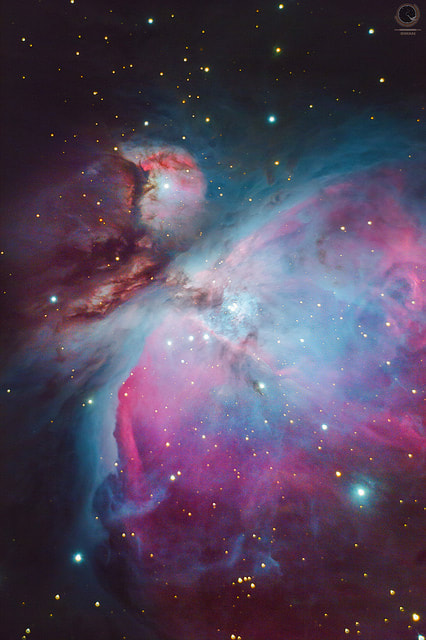
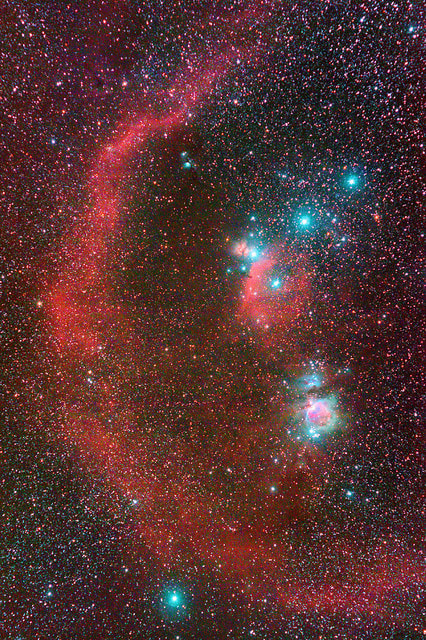
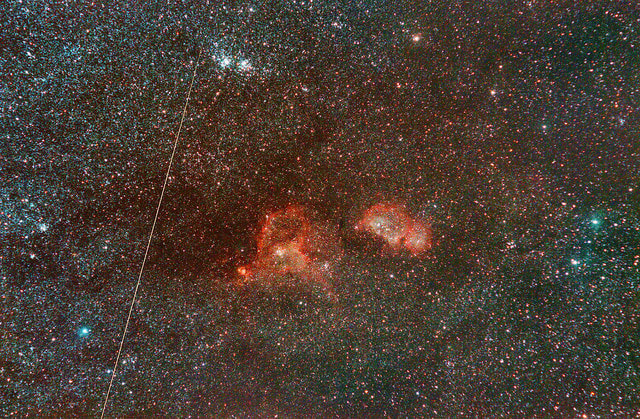
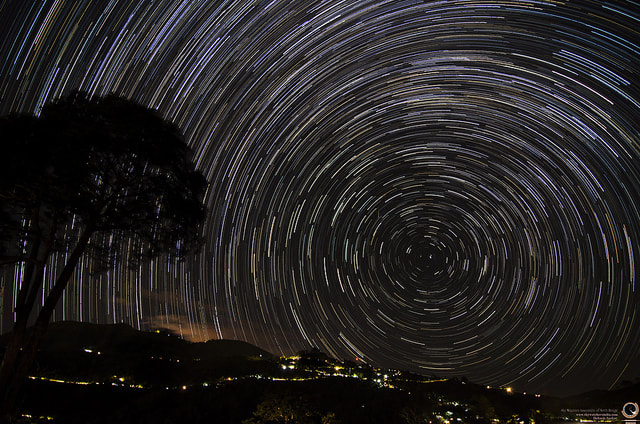
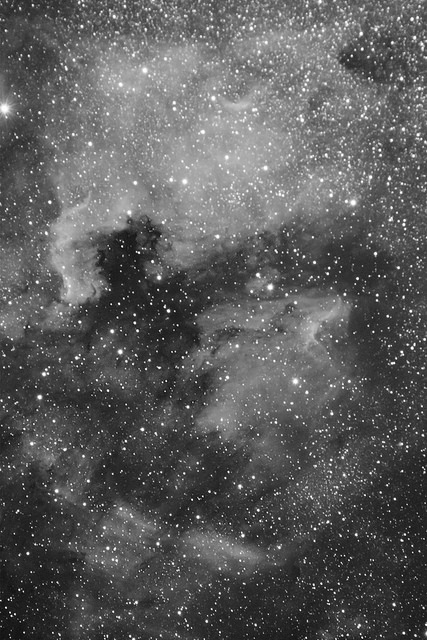
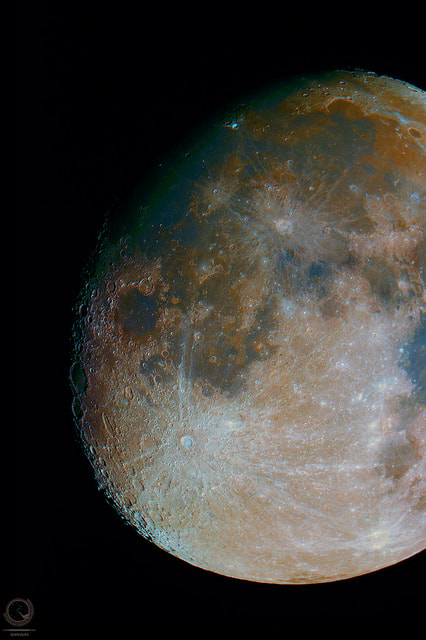
 RSS Feed
RSS Feed
